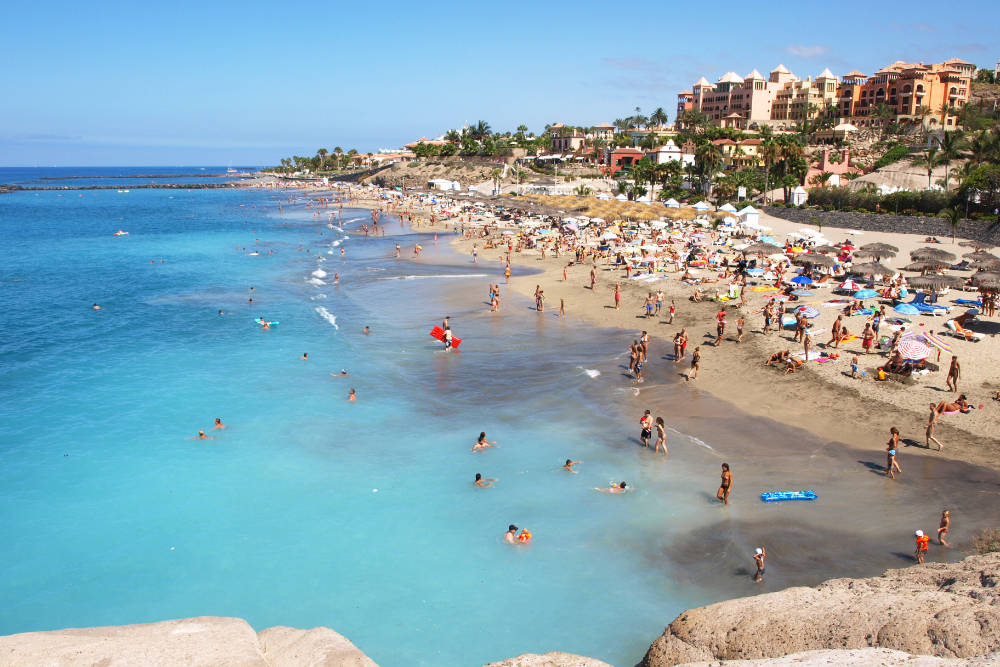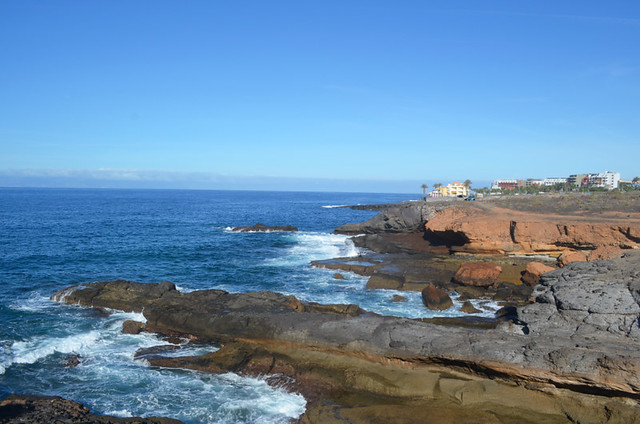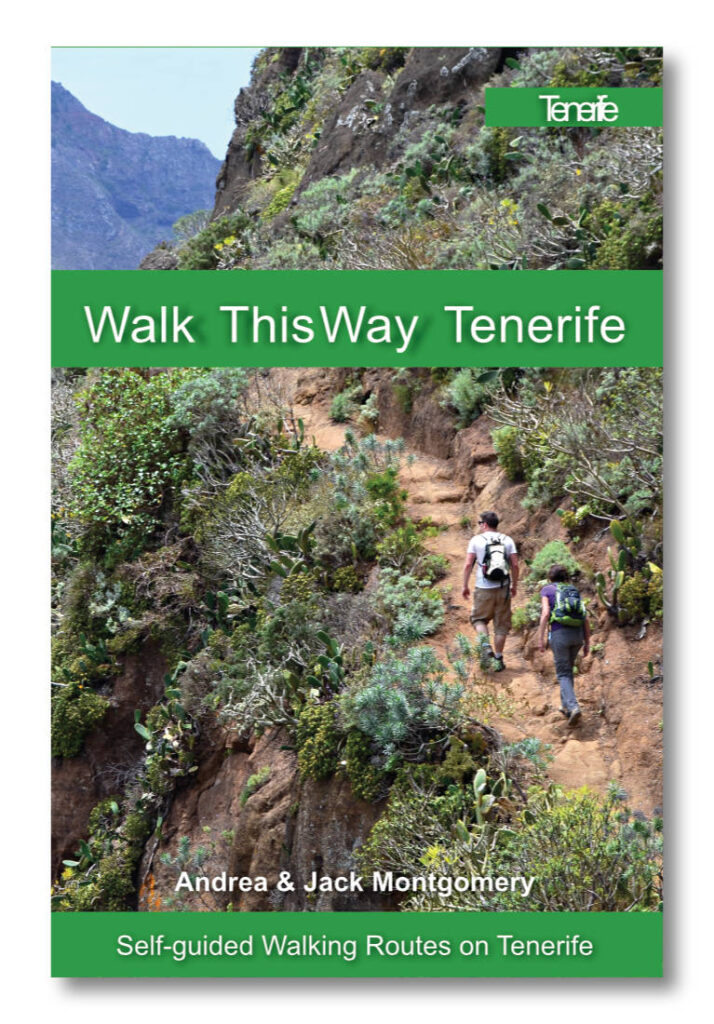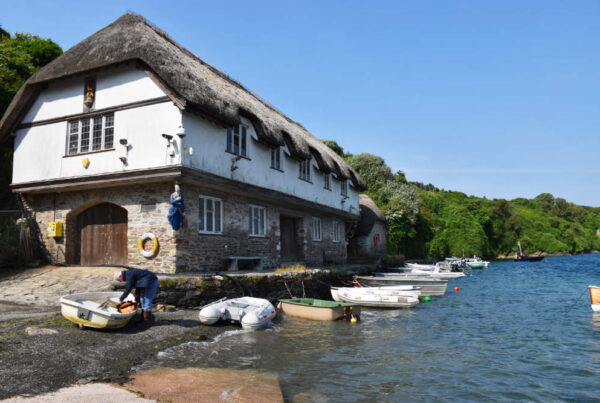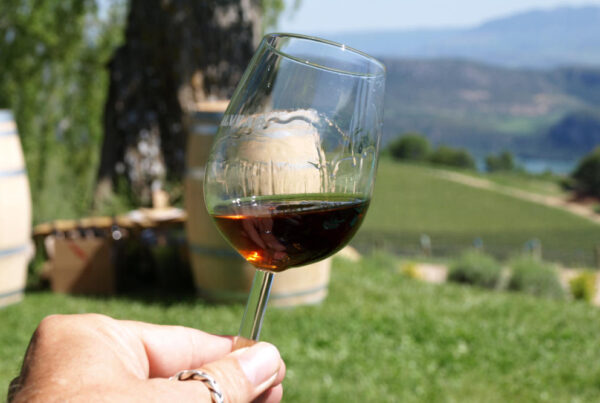Last week I was involved in a discussion about AI and travel writing, content creation related to travel to be more specific. Using artificial intelligence to draft ‘copywritten’ travel articles is a no brainer. It saves travel companies time and money. I’ve seen examples of AI-created content and they read much the same as ones written by humans.
But they’ll be riddled with errors because of one unavoidable reason.
They’re only as good as the sources they use.

One travel website mentioned rivers in Teide National Park on Tenerife. Rivers of lava maybe. Possibly they’d been fooled by seeing images of melted snow, like the one above.
I used to write a column for an online magazine. It was called TIT of the Week – the TIT referring to ‘This is Tenerife’. Whenever a good subject matter didn’t drop into my lap, a reliable back-up was to delve into the pages of travel companies to find a few destination howlers where a travel company’s copywriters got it spectacularly wrong. It never took long to find something.
The internet is full of useful information. But there’s an awful lot of duff information as well. How can anyone who’s researching a destination they don’t know in order to write about it tell the difference? Use only reputable sites I hear you say. But what is a reputable site? We once wrote to the publisher of one of the most popular travel guidebook series to offer to update their guide because it had so many things wrong. They didn’t get back to us … not until we’d established ourselves as specialists on the Canary Islands.
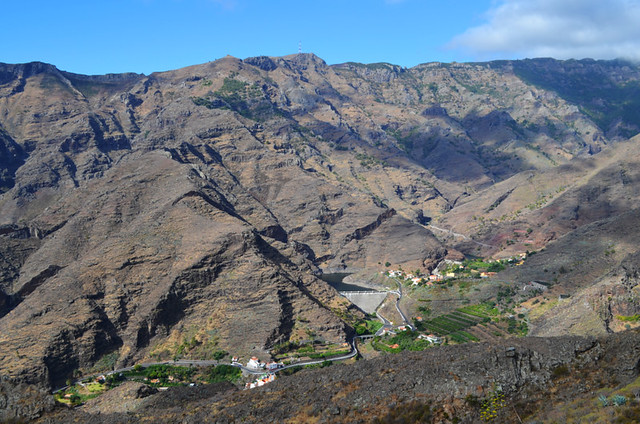
The road from Playa Santiago to San Sebastián on La Gomera. Playa Santiago is over that ridge and then some … ‘just up the road.’
AI faces the same problem. The poor wee bot is going to make a lot of mistakes because their source material can’t be trusted.
Examples of misinformation in travel content
Following the discussion about the role of AI in writing travel content, I carried out an experiment to see if things had changed. I picked one of the UK’s top travel companies, read their description of a random resort on Tenerife, and laughed. It was a classic example of why AI won’t always get it right. But I’ll come back to that example later.
Here were some others relating to the Canary Islands, taken from various well-known UK holiday companies:
Playa Santiago on La Gomera – There are authentic Canarian restaurants on the waterside, and the capital is just up the road.
There is no such thing as ‘just up the road’ on La Gomera. Just about every drive involves winding up and down and in and out of ravines. La Gomera’s capital, San Sebástian, is a rally driver’s dream of a journey 50 minutes away from Playa Santiago.
Tenerife – Once a small fishing village, Callao Salvaje is now an established resort – A sweet town that will suit travellers of all kinds.
Maybe a fisherman had a hut near Calleo Salvaje a long time ago. There is nothing traditional about it. This ‘former fishing village’ description is a classic way of making somewhere sound more appealing.

This beach was used on a web page for Playa de las Américas, when it’s actually located at the western end of Costa Adeje on Tenerife.
It doesn’t just apply to words; photos can also be misleading. Like the travel company who uses an image of one of the nicest beaches in Costa Adeje on Tenerife on its Playa de las Américas page.
These are minor examples pulled from a rapid search. The next illustrates how getting it wrong can spiral.
I learnt from one holiday website that there was a new National Park on Tenerife, which might come as a surprise to the Spanish authorities. It’s called La Caleta National Park – a place where visitors can explore a lunar landscape linking fishing villages. There’s even a TripAdvisor page with all you need to know about visiting it.
Yet it doesn’t exist.
There is a National Park at La Caleta in the Dominican Republic, and part of the area where Tenerife’s ‘National Park’ is allegedly located is a designated area of scientific interest, which presumably is where the confusion started. But some content creator referred to it as a National Park and others followed suit. When the AI content creator comes along, are they going to be savvy enough to spot the mistake? I don’t believe so.
The AI take on Tenerife
Out of curiosity, I asked ChatGPT to create a short description of the resort of Playa Paraiso on Tenerife. This is what it came up with:
Playa Paraiso, located on the sunny island of Tenerife, is a coastal paradise that captivates visitors with its stunning beauty and serene ambiance. With its name translating to “Paradise Beach,” this idyllic destination lives up to its reputation.
The surrounding cliffs and lush vegetation add to the allure, creating a picturesque backdrop for unforgettable moments.
It is pure holiday company speak and fits in seamlessly with any number of resort descriptions on holiday websites. But does the reality match the description?
Well, Playa Paraiso isn’t known for its beaches or lush vegetation.
AI will prove a useful tool when it comes to travel content, but only if the person using it knows their stuff.
